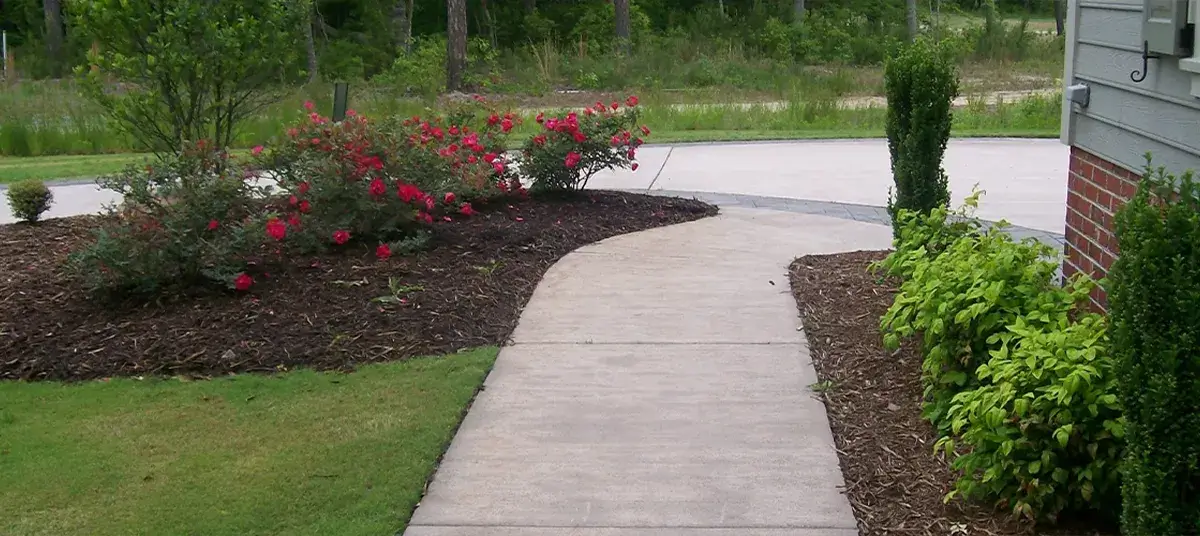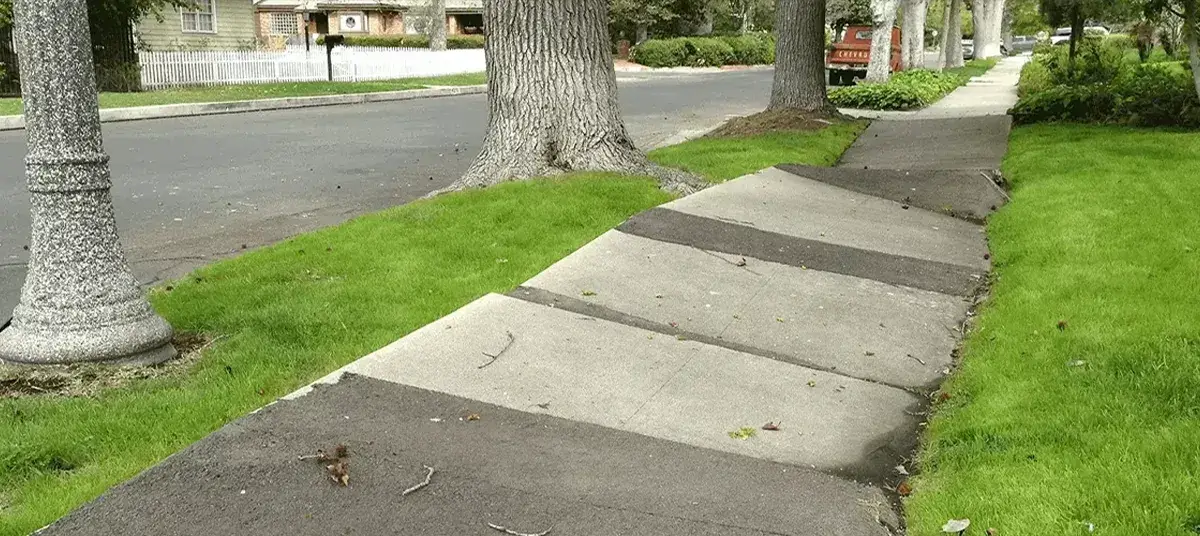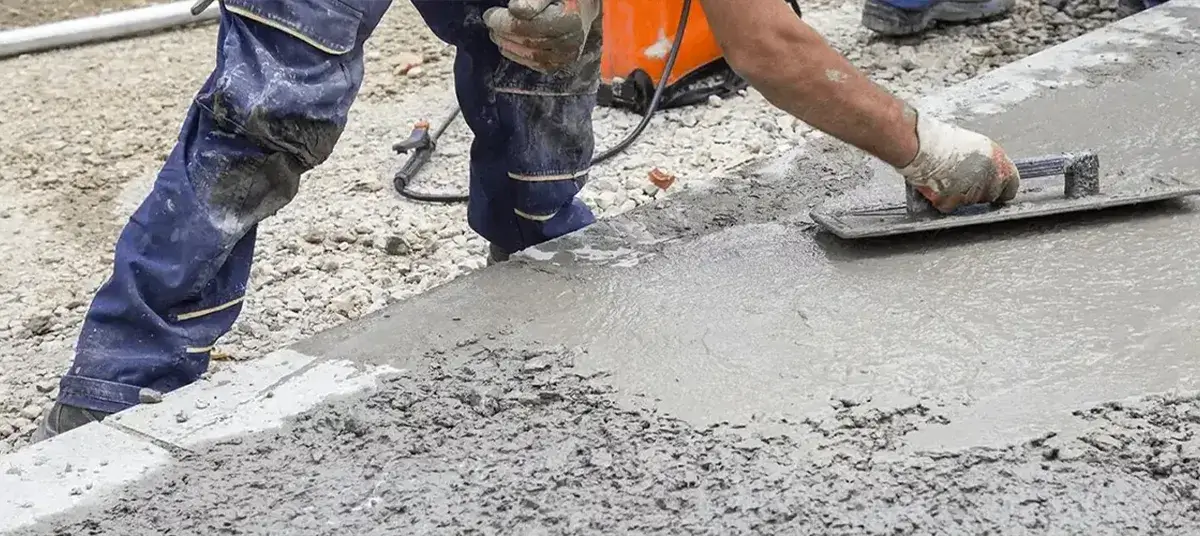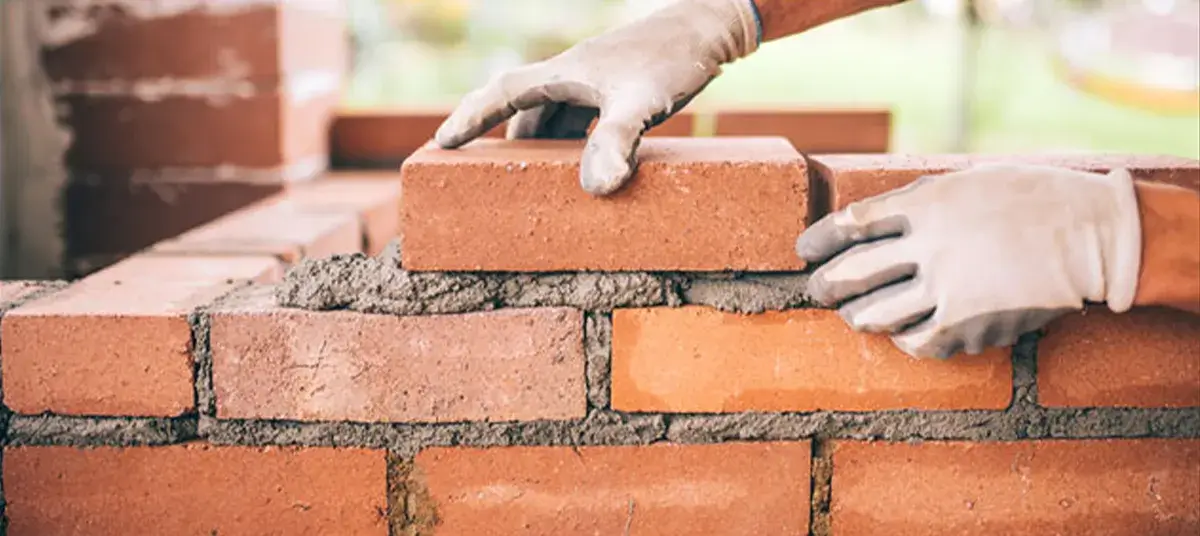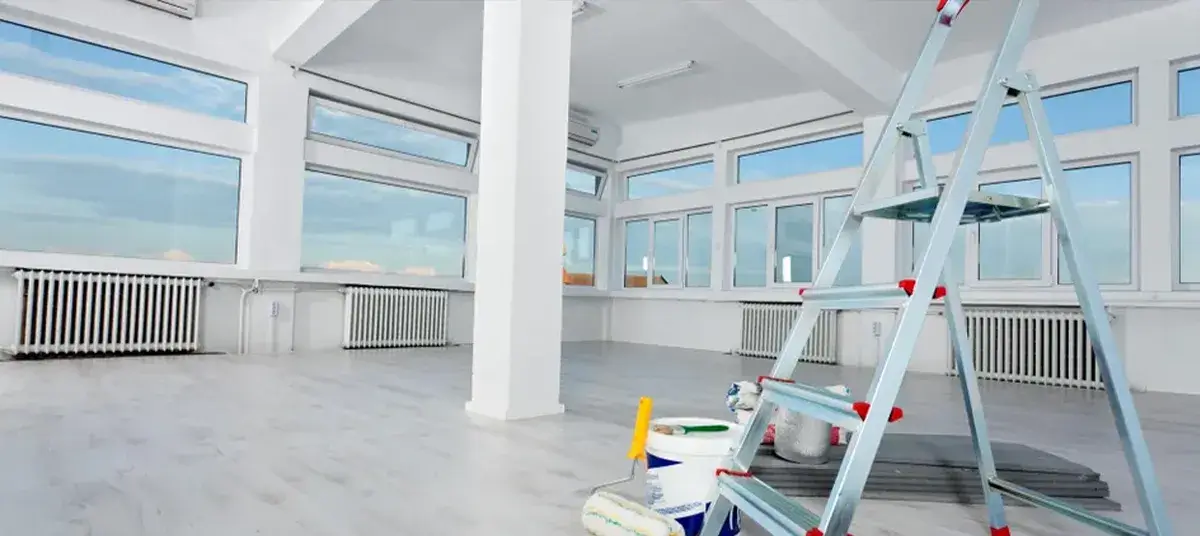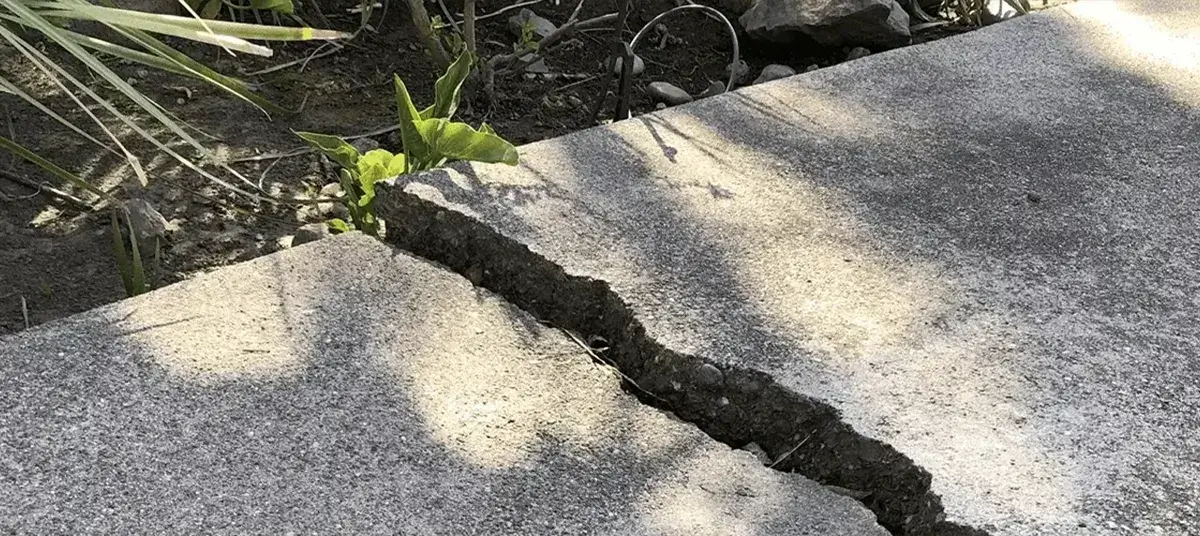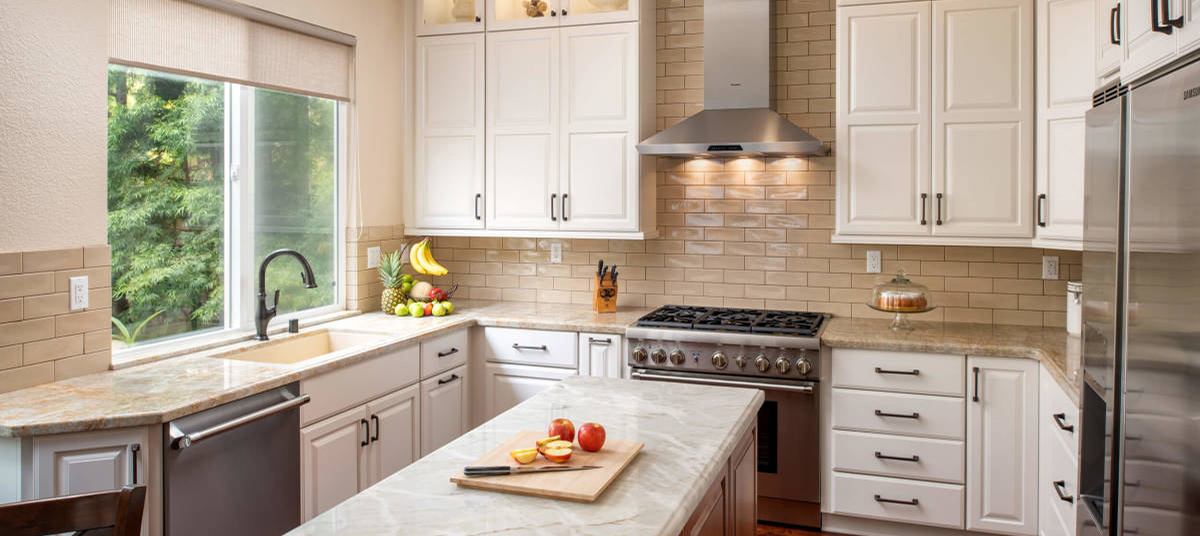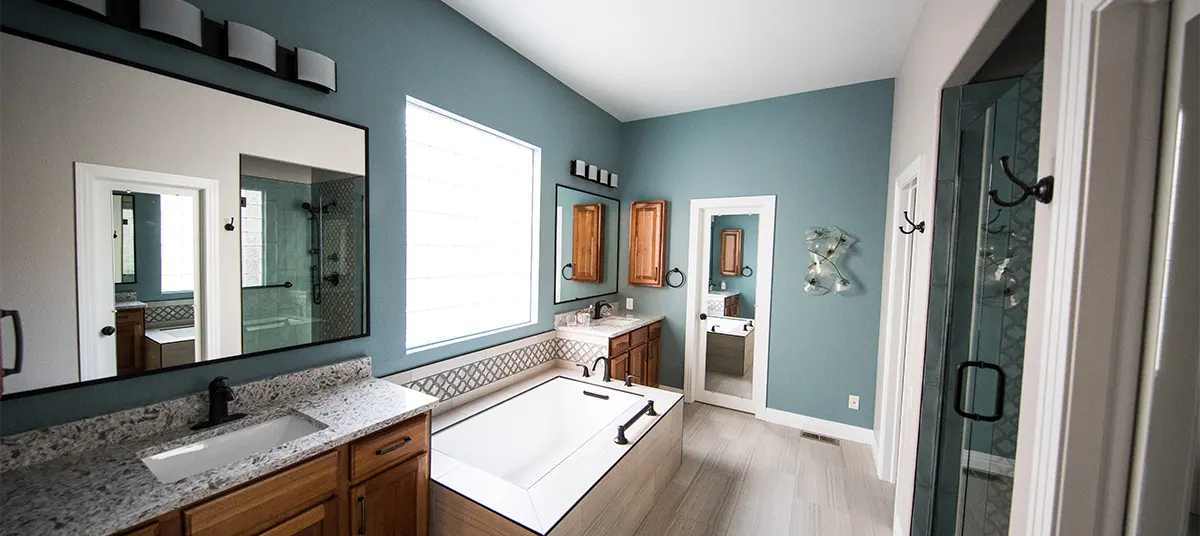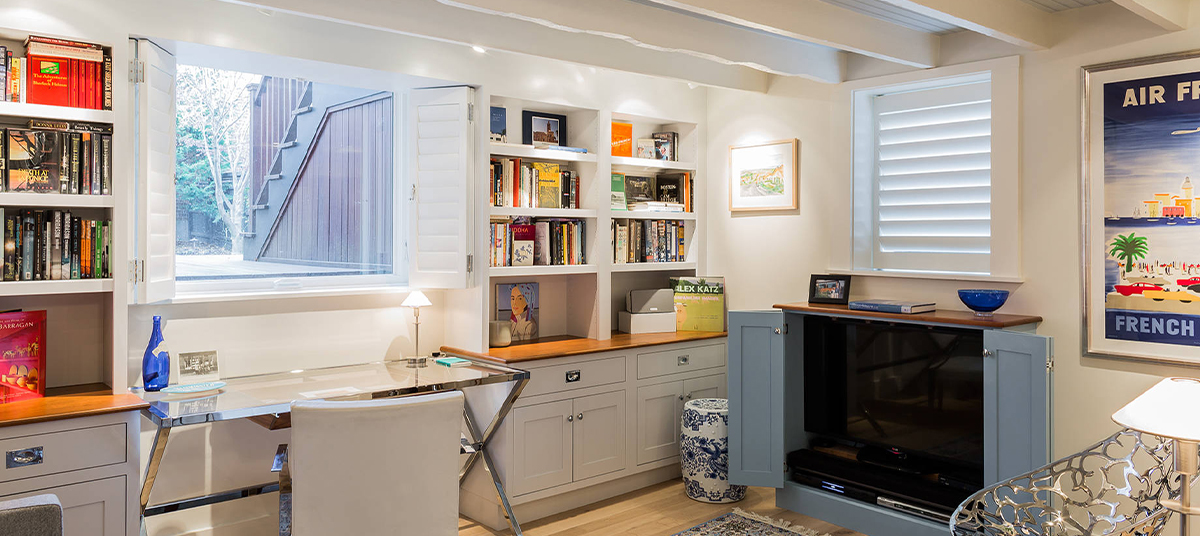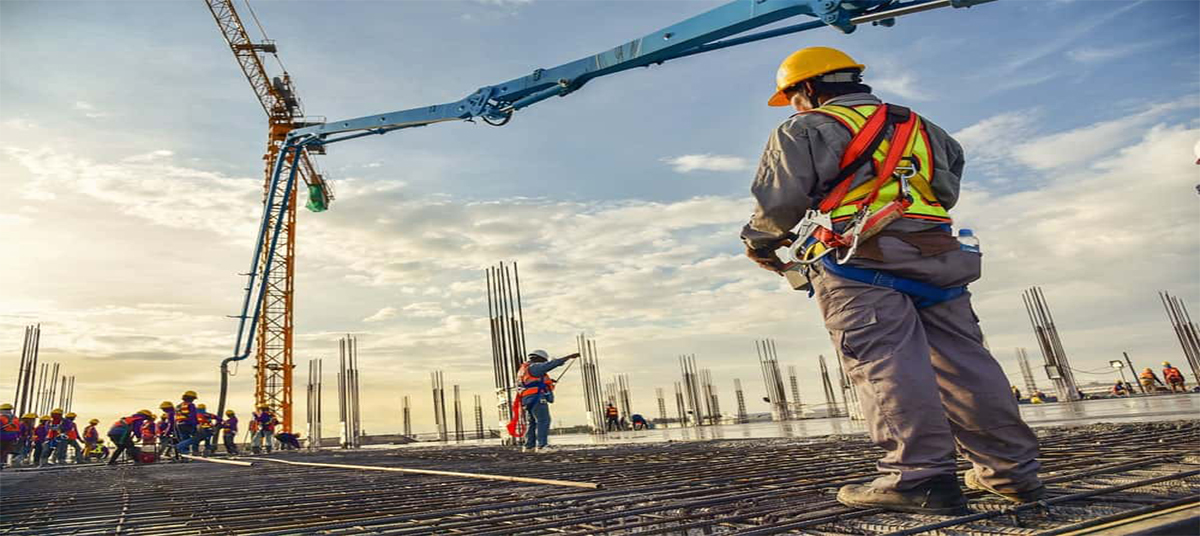Fire Escape Painting: The Practical Importance and The Artistic Beauty
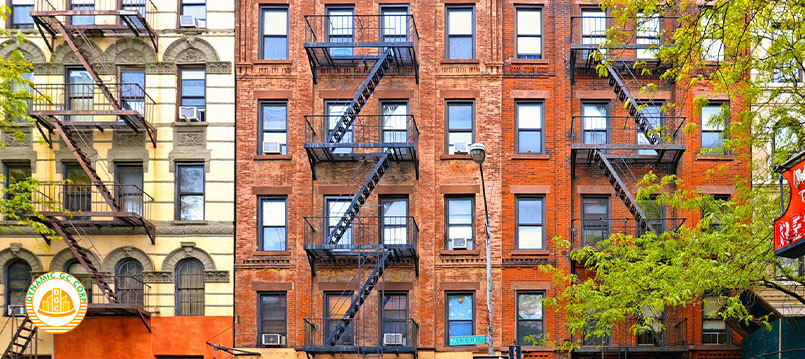
Fire escapes are a classic feature of New York City architecture. Fires are devastating and potentially deadly, and it is essential to take all necessary precautions to prevent them from happening. One such precaution is fire-escape painting. Fire-escape painting involves painting the metal exterior of fire-escape structures with high-visibility paint to enhance their visibility and durability. While this practice is primarily associated with fire safety regulations, fire-escape painting has also become a canvas for artistic expression, adding a touch of beauty to an otherwise mundane structure.
The Practical Importance of Fire-Escape Painting
The primary purpose of fire-escape painting is to enhance the visibility and durability of the structure in case of an emergency. Here are some practical reasons why fire-escape painting is crucial?
Fire safety regulations
Fire-escape painting is often required by local and state fire safety regulations. In most places, fire-escape structures must be painted with a reflective paint to increase their visibility during an emergency. This reflective paint helps firefighters and residents identify the escape route quickly and easily.
Enhanced visibility
In case of a fire, smoke, and flames can obscure the fire escape's location, making it difficult to locate for those who need it. The high-visibility paint used in fire-escape painting ensures that the structure stands out and is easy to find, even in low-light conditions.
Increased durability
Fire-escape structures are often exposed to harsh weather conditions, including rain, snow, and extreme temperatures. Over time, the metal can rust, corrode, and weaken, compromising the structure's integrity. By painting the metal with a protective coating, fire-escape painting helps to prevent rust and corrosion, making the structure more durable and long-lasting.
The Artistic Beauty of Fire-Escape Painting
While the practical importance of fire-escape painting is clear, there is also an artistic aspect that cannot be ignored. Here are some reasons why fire-escape paintings can be beautiful and artistically significant.
Historical context:
Fire-escape structures have been a fixture of urban architecture for over a century, and many have become iconic symbols of the cityscape. As such, fire-escape painting has become an integral part of the urban aesthetic, especially in cities like New York, where painted fire escapes are a cultural symbol.
Contemporary use:
In recent years, fire-escape painting has seen a resurgence as artists have begun to use these structures as canvases for their work. From murals to street art and graffiti, fire-escape painting has become a medium for creative expression and a way to add color and beauty to an otherwise drab metal structure.
Maintenance of Fire-Escape
Fire escapes require two basic types of maintenance, which are as follows.
Fire-Escape Painting
The majority of fire escapes in New York City are built of steel or wrought iron, which renders them subject to rust. Regular maintenance staff can often paint to help prevent corrosion. Building owners were compelled to repair a rusty fire escape with "two extra coats of excellent paint" under a prior Multiple Dwelling Ordinance that applied to fire escapes constructed after April 18, 1929. It's important to note that this is a placeholder page and does not constitute a formal announcement of any kind.
Structural Repairs
In addition to paint, building owners must inspect structures for basic soundness. Inspecting the points of connection, hardware, support beams that attach to the building, steps, railings, and other components is necessary. Common repairs frequently involve welding as well as scraping and painting, as well as tightening loose nuts. Buildings seven floors or higher are required to have their façades inspected every five years under Local Law 11 of 1998. A qualified architect or engineer in good standing with the state of New York, known as a Qualified Exterior Wall Inspector (QEWI), must conduct the inspections.
In New York, several fire escapes were later constructed for buildings in order to comply with different city ordinances. These outdoor escape routes became increasingly popular as structures got taller and fire detectors were used more often.
Conclusion
Fire-escape painting is more than just a practical safety feature. It is also a medium for artistic expression and a way to enhance the aesthetic value of urban architecture. From historical landmarks to contemporary street art, fire-escape painting has become an integral part of the urban landscape. Additionally, fire-escape painting demonstrates how art and safety can intersect to create something truly unique and valuable. By incorporating art into safety features, artists are not only adding to the beauty of the urban landscape but also helping to ensure the safety of residents and visitors alike.
If you are a property owner or manager, consider the importance of fire-escape painting not just for safety compliance but also for enhancing the visual appeal of your building. Work with professional fire escape painters at Dynamic GC Corp to create a unique and eye-catching design that not only meets safety regulations but also adds value to your property. Together, we can create a safer and more beautiful urban environment.




